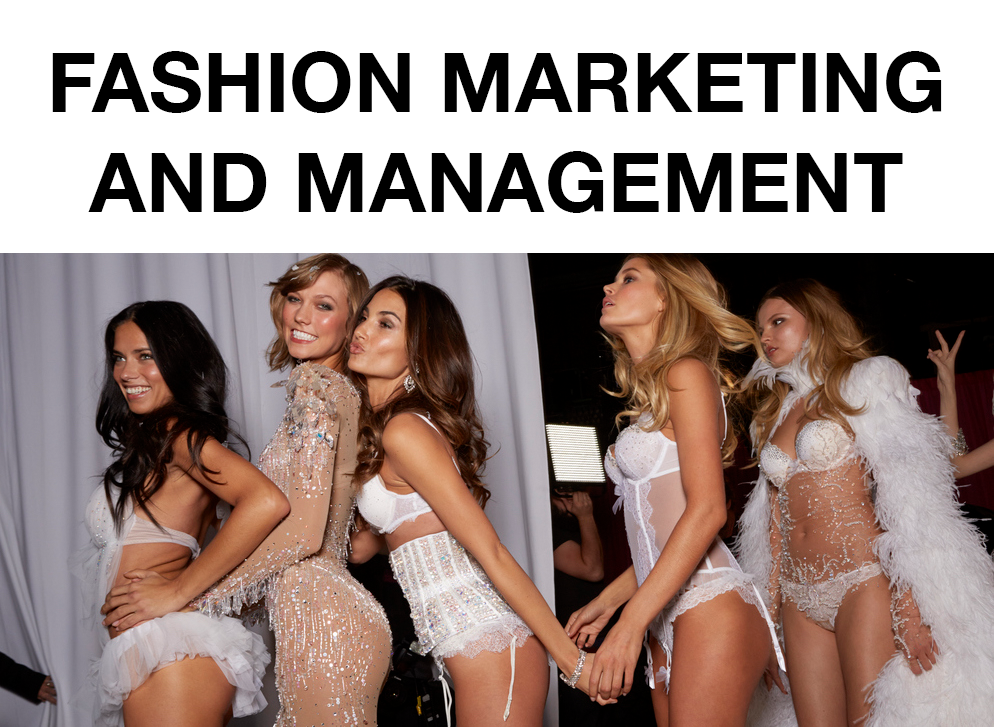Lecture Notes - 14/01/2019
January 15, 2019
Brand Marketing Report
Basics of report writing (academic structure)
Any written piece needs a structure
- Clear beginning, middle and end - introduction, main body, conclusion
- Needs to be logical
- Critically analyse
Title page - student number, full name, word count, course on
- Contents - whats inside the report
- Introduction - what report is about
- Mid-section of the report - deals with key issues under discussion - analysis
- Conclusion - tends to be repetitive. Cover everything you have done - no new material
- Recommendations - from report research and findings
- Bibliography
- Appendices - “……” see appendix 5. Ties back into report. Extra information that did not fit in report. Can put results of questionnaire in appendix. Big data
Example outline of business report
Title Page
Institution title
[insert title of your piece]
By
[name]
BA (Hons.) XXXX
[declaration]
[insert date - month and year]
Word Count (not including quotations or bibliography) - intro and conclusion included, abstract or executive summary not)
Contents Page
List of things in chronological order
Introduction
Overview on what you intend to discuss
Keep concise - only so much word count
Discuss key points of report and intended research
Give flavour of what you anticipate your findings/research may extract
Headers
Contents include series of headers
2 Topshop - main header of section you tend to discuss; then go on to break into sub-sections
2.1 Research findings; what were research findings?
Conclusion
Sum up go research findings/report intentions
Touches on critical aspects of discussion
To the point and concise - word count
Recommendations
These are recommendations to industry from research gathered
Consider
Bibliography
Bibliography is things you have looked at, but not necessarily used in report. References are direct quotes used in work. Stick to references more than bibliography. (referencing guide on blackboard)
Appendices
Can be used to relate any information that connects to your essay context, but not in actual essay itself.
e.g. full quote which attaches to segment of quote used in main essay.
Basic Guide to Academic Writing
ALWAYS HAVE BRIEF CLOSE TO REFER TO
Understanding the assignment brief
- Why does your chosen brand have issues?
- What are they doing, or need to do, to redress this?
- Where is the brand situated? Where do you feel (based solidly on research) does the brand need to be?
- How can the brand intervene through its current situation; what can it do to change its fate? (consider market conditions, positioning in market place)
- Who is intended audience?
- Why is the report needed?
- What do the audience want to find out?
- What sections does your report need?
- How long should the report be?
- When is the deadline?
- What is the word count?
Writing Styles
Factual writing - states the facts of the case exactly as they are
Descriptive writing - a detailed account of the characteristics of things
Explanatory writing - makes things clear and gives the reasons for them
Discursive writing - investigates things by reasoning or making a reasoned examination
Analytical writing - examines complex things to discover how they work
Avoid phrases that add nothing e.g.
Factual writing - states the facts of the case exactly as they are
Descriptive writing - a detailed account of the characteristics of things
Explanatory writing - makes things clear and gives the reasons for them
Discursive writing - investigates things by reasoning or making a reasoned examination
Analytical writing - examines complex things to discover how they work
Avoid phrases that add nothing e.g.
- Due to the fact that = because
- On a daily basis = daily
- Of a complex nature = complex
- In a fashion studio situation = in the studio
- ‘we’ not ‘I’
- ‘an experiment was conducted’
Voice
Use passive or active words to avoid using the first person
Passive ‘a concept was selected’. Or active ‘ we selected a concept’.
Tense
When reporting your findings, use the past tense.
When you are reporting other people’s research, use the present tense.
When you are discussing your findings, use the present tense.
Numbering
Main sections are numbered 1, 2, 3, etc.
Each sub-section given decimal subdivision, e.g. 1.1, 1.2, etc.
Other issues to consider
Diversity
Ethics
Sustainability
Social media
Influencer marketing
Diversity
Ethics
Sustainability
Social media
Influencer marketing
ABSTRACT - BEFORE INTRODUCTION (not included in word count)
SWOT Analysis
Used to analyse brands.
- Strengths -internal
- Weaknesses - internal
- Opportunities - external
- Threats - external
PESTLE Analysis
- Political - political factors that might affect brand
- Economic - exchange rates, currency, income
- Social - demographics, age, sex, culture, biggest issue in fashion
- Technological - artificial intelligence, digital, online shopping
- Legal - legal requirements in country
- Environmental - how the brand is affecting the environment - carbon footprint, recycling, landfill




0 comments